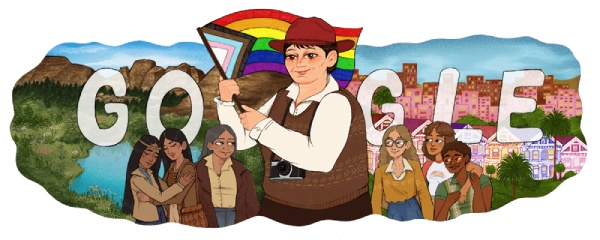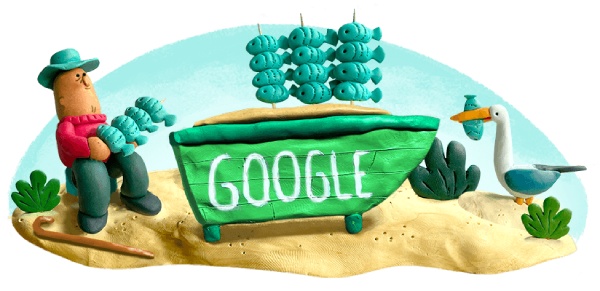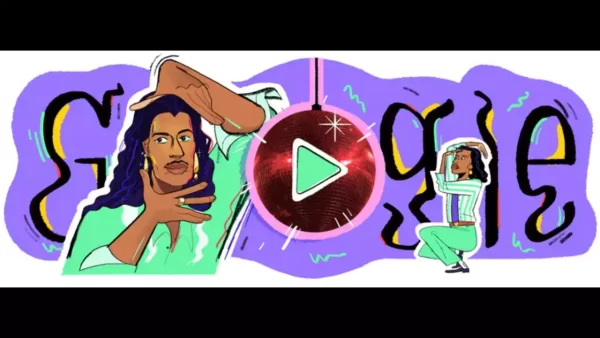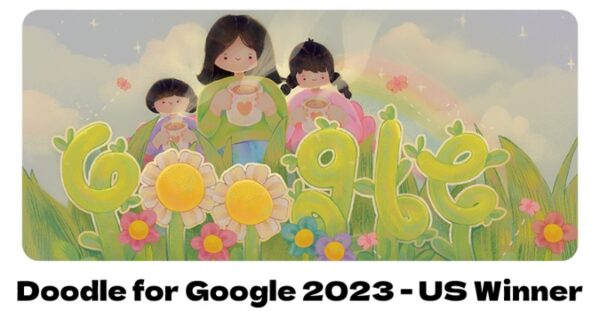
Exploring the Life of Barbara May Cameron: Native American Writer and Human Rights Activist
Introduction
Barbara May Cameron: A Celebrated Native American Photographer, Poet, Writer, and Human Rights Activist
Barbara May Cameron, a renowned Native American photographer, poet, writer, and human rights activist, was honored by Google with a dedicated Google Doodle on May 22, 2023, in celebration of her 69th birthday. Let’s delve into the fascinating life and impactful work of Barbara May Cameron through these interesting facts:
Who was Barbara May Cameron? All About Barbara May Cameron
Birth date: May 22, 1954
Died on: February 12, 2002 (aged 47)
Nationality: Standing Rock Sioux Tribe, American
Education: Institute of American Indian Arts, San Francisco Art Institute
Partner: Linda Boyd
Interesting Facts about Barbara May Cameron
- Birth and Background: Barbara May Cameron (Hunkpapa Lakota) was born on May 22, 1954. She hailed from the Fort Yates band of the Standing Rock Sioux Tribe in Fort Yates, North Dakota, and belonged to the Hunkpapa Lakota lineage. She spent her childhood on the Standing Stone Indian Reservation, raised by her grandparents.
- Pursuit of Education: After completing her initial education and high schooling on the reservation, Barbara May Cameron furthered her studies in photography and film at the Institute of American Indian Arts in Santa Fe, New Mexico.
- Creative Journey: In 1973, Cameron moved to San Francisco to attend the San Francisco Art Institute after spending two years at the American Indian Art Institute in Santa Fe, New Mexico. She majored in photography and film, earning accolades for her work as a filmmaker and photographer. Notably, her screenplay titled “Long Time, No See” remained unfinished at the time of her passing.
- Pioneering LGBTQIA+ Activism: In 1975, Barbara May Cameron and activist Randy Burns, an Alaska Native, co-founded Gay American Indians (GAI), the first gay Native American liberation organization (LGBTQIA+ group). GAI aimed to address the unique needs and challenges faced by LGBTQIA+ individuals within the Native American community. Cameron recognized the lack of support for people of color in the wider LGBT community.
- Literary Contributions: Cameron contributed to the anthology “Our Right to Love: a lesbian resource book” in 1978. She also made significant contributions to publications such as “This Bridge Called My Back: Writings by Radical Women of Color” in 1981 and “A Gathering of Spirit: A Collection of Writing and Art by North American Indian Women” in 1983, which included twelve Native lesbian works.
- Activism and Advocacy: Barbara May Cameron played key roles in various organizations and movements. She organized the Lesbian Gay Freedom Day Parade and Celebration from 1980 to 1985, served as co-chair of Lesbian Agenda for Action, and held the position of vice president of the Alice B. Toklas LGBT Democratic Club in the late 1980s.
- International Engagements: In 1986, Cameron, along with a group of women known as Somos Hermanas (We are sisters), traveled to Nicaragua to study and show solidarity with women there, working to improve their lives. She also substituted for Jesse Jackson’s Rainbow Alliance at the Democratic National Convention in 1988.
- Public Service: Barbara May Cameron’s commitment to advocacy extended to her involvement in governmental committees. In 1988, she was appointed to the Citizens Committee on Community Development and the San Francisco Human Rights Commission by Dianne Feinstein, the mayor of San Francisco at the time. Subsequently, she was selected as a member of the UN Commission on the Status of Women by Frank Jordan, the next mayor.
- Community Support and Leadership: From 1989 to 1992, Cameron served as the executive director of Community United Against Violence (CUAV), an organization dedicated to assisting victims of hate crimes and domestic violence. Her significant contributions earned her the Harvey Milk Award for Community Service in 1992, as well as the Bay Area Career Women Community Service Award.
- Indigenous Health and AIDS Advocacy: Recognizing the devastating impact of HIV/AIDS on Native communities, Barbara May Cameron became a leading advocate in addressing the issue. She traveled across the United States in 1993, participating in AIDS education programs in various Indian reservations. She also worked as a consultant for the Centers for Disease Control and Prevention, the U.S. Department of Health and Human Services, the San Francisco AIDS Foundation, and the American Indian AIDS Institute.
- Legacy and Contributions: Cameron’s passion for supporting Native American women writers led her to found the Institute on Native American Health and Wellness, which aimed to publish their works. Today, her papers are preserved at the James Hormel LGBTQIA Center at the San Francisco Public Library.
- Personal Life: Barbara May Cameron shared a loving relationship with Linda Boyd for 21 years, and they had a son named Rhys Boyd-Farrell. Renowned photographer Robert Giard painted Cameron’s portrait, capturing her as a prominent figure in the lesbian and gay community. This artwork is now held in the Beinecke Rare Book & Manuscript Library.
- Remembering Barbara May Cameron: Barbara May Cameron passed away at the age of 47 on February 12, 2002, due to natural causes. Her contributions to advocating for the rights of gay and lesbian Native Americans continue to be honored and remembered.
- Literary Legacy: Many of Cameron’s writings and speeches are archived at the San Francisco Public Library, where her legacy lives on. Her essay titled “No Apologies: A Lakota Lesbian Perspective” was published in the book “Our Right to Love: A Lesbian Resource Book,” ensuring her words endure.
- Google Doodle Tribute: On May 22, 2023, Google dedicated a Doodle on its homepage to celebrate Barbara May Cameron’s 69th birthday. Sienna Gonzales, a queer Mexican and Chitimachan artist, created the artwork for the Google Doodle, paying homage to Cameron’s extraordinary life and contributions.
Barbara May Cameron’s significant impact as a Native American writer, photographer, and human rights activist continues to inspire and advocate for marginalized communities. Her efforts in LGBTQIA+ rights, women’s rights, and Native American rights have left a lasting legacy in the pursuit of equality and social justice.



